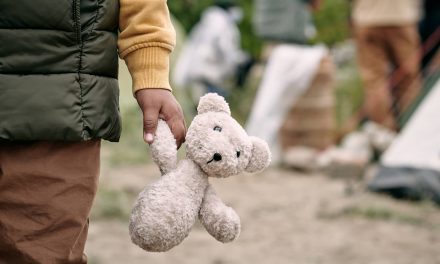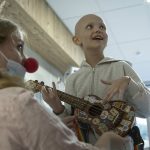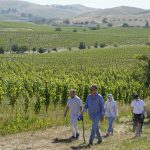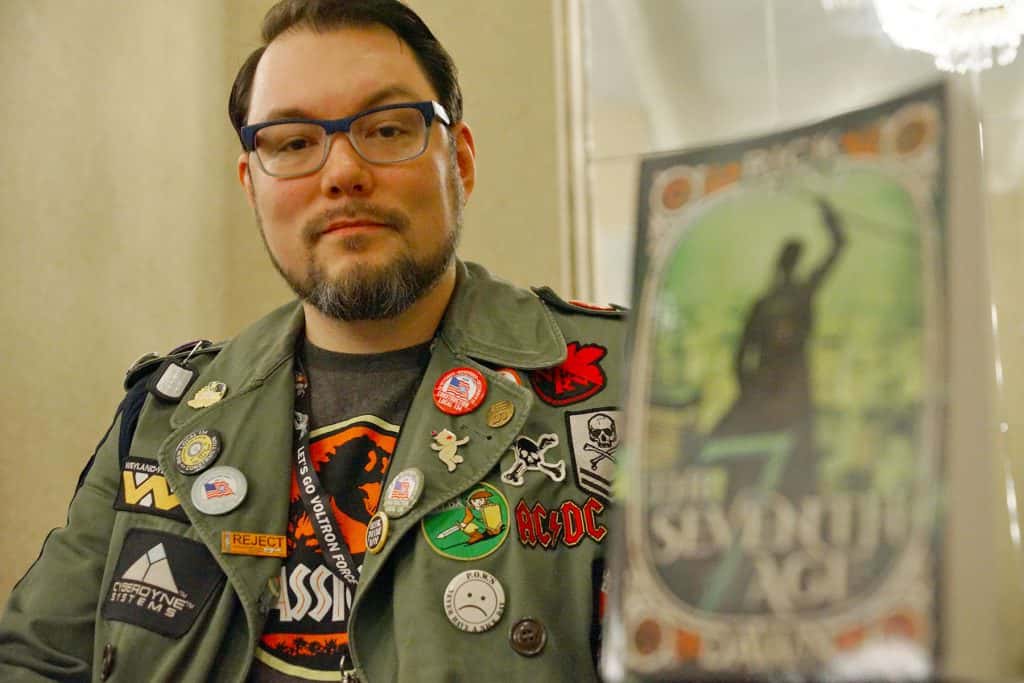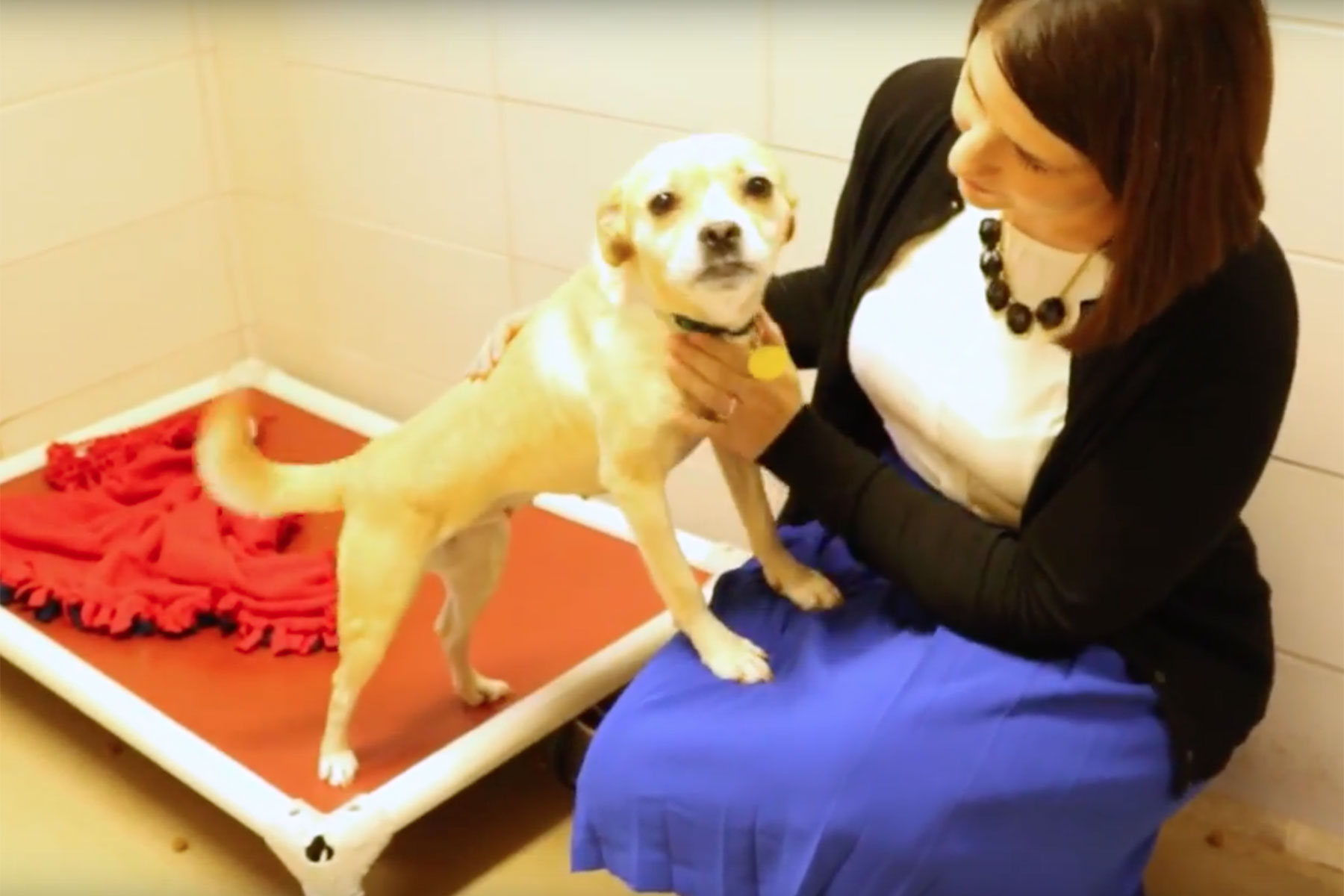
In 2006, Jill Kline was paired with the Wisconsin Humane Society through Marquette University’s Trinity Fellowship program. A decade later, she is vice president of community impact at the Humane Society, a nationwide nonprofit organization committed to treating animals with respect and kindness. Kline has helped create various programs to support minority families by offering free services for their animals.
Q&A
Q: How did you become the Humane Society’s vice president of community impact programs?
A: I had a variety of roles when I started. As community initiatives coordinator, I supported our youth programs team and their work. I spent time helping to build a community outreach component by talking with community associations and social service agencies. From there, I was hired by Spay Wisconsin, a new program that the Humane Society started. It helps connect people to low-cost spay/neuter places in their area. That program spun off into another, and I had the opportunity to step into a role of advocacy. Spay Wisconsin, also helped build up some of our legislative contacts locally and supported our youth programs. In 2012, I handled and helped get Pets for Life up and running, and over time I was promoted to my current position.
Q: How has your current role allowed you to become a better leader?
A: I have found that the best way to develop as a leader is to learn through experience what is and isn’t effective. This position has provided me with the opportunity to work on programs and issues that matter to me. I also partner with my teams to build on the programs and strategies that are successful and let go of the ones that aren’t.
Q: What does being a leader mean to you?
A: Being a leader is about working toward a shared vision with whatever cause or issue you’re working on. It can be working hands-on, like I do with the Pets for Life team, or creating plans and ways the team can participate toward our mission. I think having that vision of where you are going together is most important.
Q: Who do you consider a role model for leadership?
A: I have a lot of role models, from co-workers I work with every day to Leslie Knope (a character on the TV show “Parks and Recreation”) and Michelle Obama. I once read about “Frankenmentors,” the concept that you can find qualities to admire and emulate in many people and piece together the type of leader you want to be — and that really resonated with me.
Q: Why is that?
A: Young leaders are looking for one person to fill all of their mentor/leadership needs, but I have learned that there are a bunch of people that I can learn from, from my boss, (to) my coworkers and people I meet in the community. I can pick up qualities to admire and piece that together, decide what styles resonate the most with me and create my own leadership style.
Q: What does your organization do well?
A: The relationships we build. We really become a resource for our clients, and sometimes we receive calls from them having nothing to do with their animals just because we have become someone they can trust. With our youth programs, I think something unique is the fact that we have animals here. Animals can unlock something in children that other mediums and tools might not be able to. If you’re able to give a kid a chance to connect with an animal, a lot of times that can really unlock something inside them. That’s really special.
Q: How does the Humane Society interact with minority communities?
A: Prior to our presence in the neighborhood, fewer than 20 percent of community members had ever interacted with us. A lot of people had never reached out or known about our services. By going and reaching out to them we have built those relationships, and now we are a go-to resource for a lot of folks. We have also increased the spay/neuter rate from 9 percent in initial meeting to closer to 55 percent. The community has been amazing and really receptive.
Q: What would you want to see the Humane Society improve on?
A: As we look forward, our mission is going to be less about finding animals in need of a home, and more about supporting people who have animals in the community. As we are having mission success and there are fewer homeless animals that need our help, over time that work is going to shift toward supporting people in the community — especially families and people in poverty. We know that that love and connection to their animal isn’t broken, but accessing the services they need is difficult.
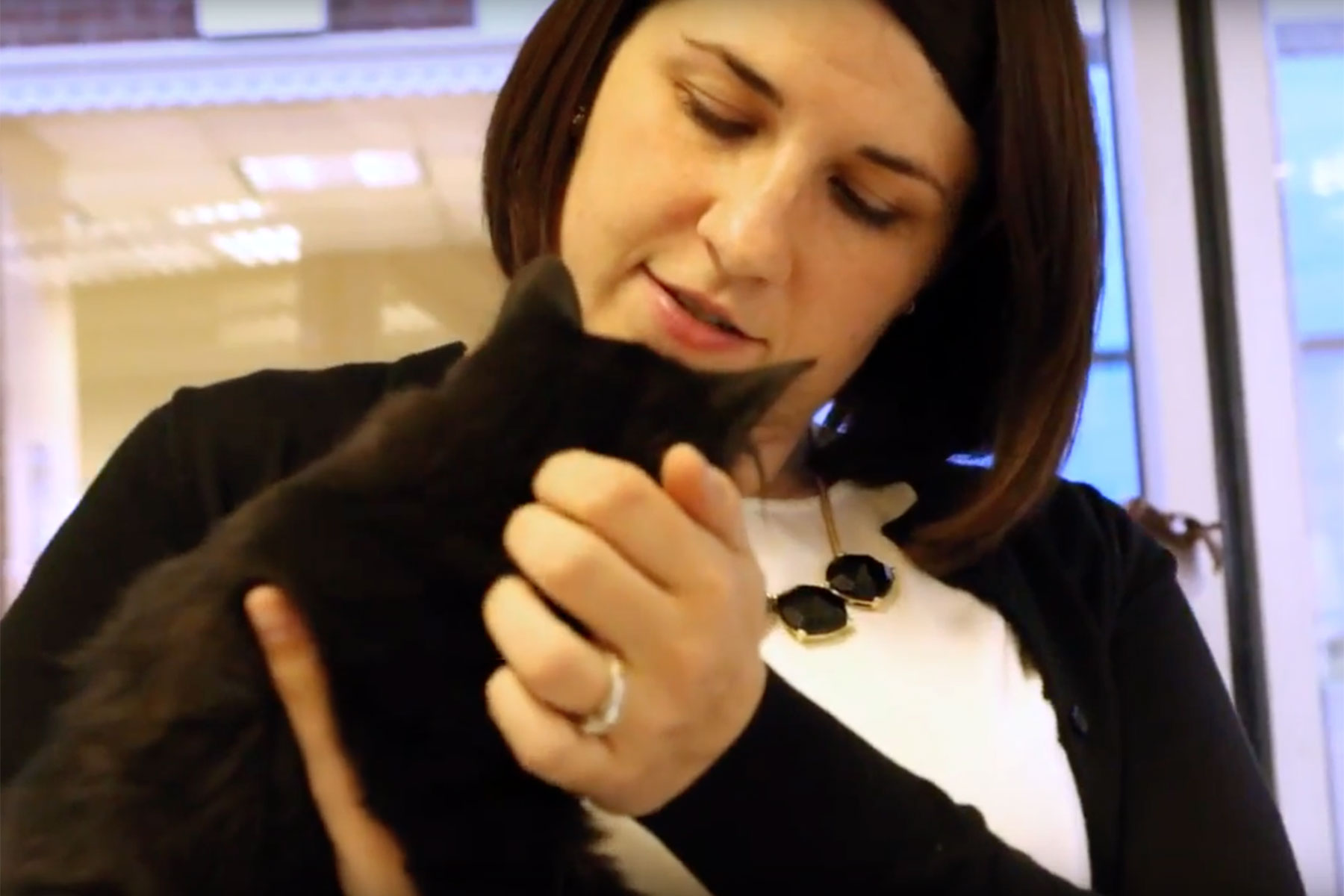
Camille Paul

